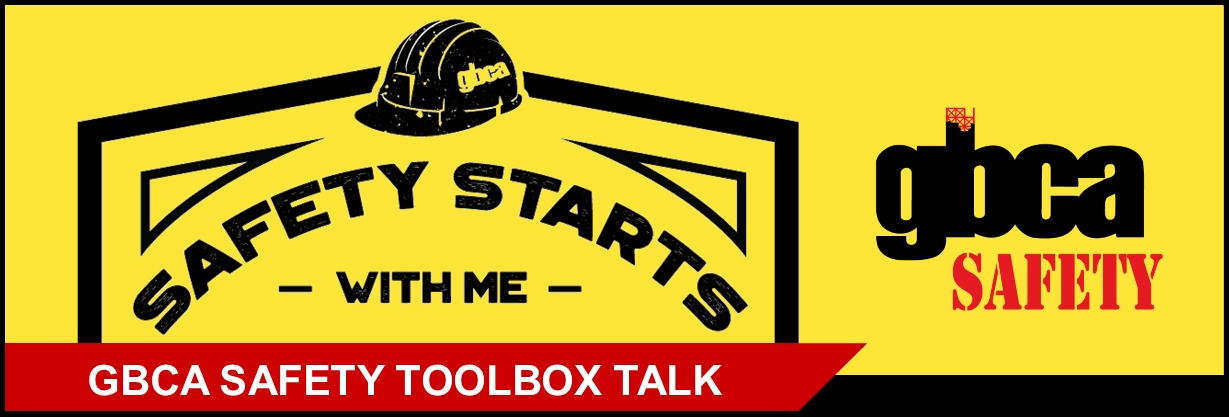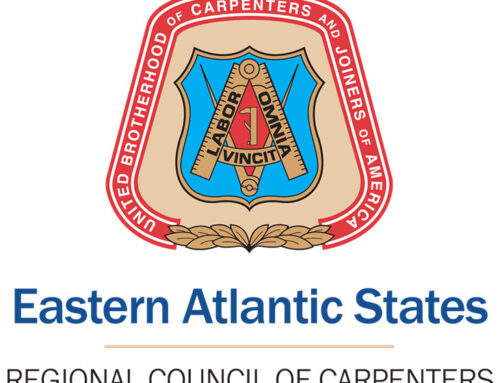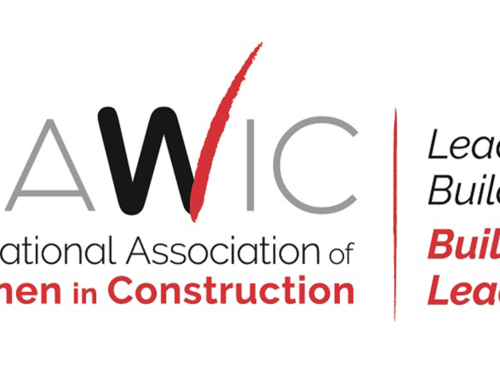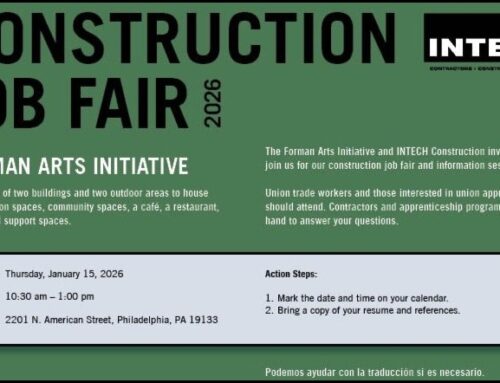This GBCA Safety Toolbox Talk discusses hazard recognition. Click below to download the Toolbox Talk as a handout (includes Sign-In Sheet).
Hazard Recognition
The goal of hazard recognition is to make the workplace as safe as possible and to keep employees from being harmed. It is an ongoing program that is never finished. Every employee should be involved in identifying and controlling hazards: To be effective in controlling and avoiding hazards, one must first be able to recognize them on the jobsite.
What Is A Hazard?
OSHA defines a hazard as “a danger which threatens physical harm to employees.” This includes “unsafe workplace conditions or practices (dangers) that could cause injuries or illnesses (harm) to employees.” A hazard may be an object (tools, equipment, machinery, or materials) or even a person (distracted, not familiar with the work, or under the weather).
What Is Hazard Recognition?
Hazard Recognition, or Hazard Identification, is vitally important in accident prevention. By recognizing hazards’ characteristics and properties, we can determine the proper controls. Unfortunately, recognizing hazards is not as easy as it sounds.
Some or all of the following potential safety hazards may exist in the workplace. All supervisors and workers should recognize workplace hazards to ensure that they are identified and controlled.
Five Common Issues To Check For Recognizing & Addressing Hazards:
- Many workplaces contain hazardous materials and toxic chemicals (solvents, acids, bases, detergents), used at various stages of the construction process. They should be labeled, stored, and used properly.
- Stationary machinery and equipment may not be properly guarded, or in poor working order because of poor preventive/corrective maintenance. They should be regularly inspected.
- Tools may not be properly maintained. Saws may not be sharpened, or safety harnesses may be old and in need of replacement. Ladders need to be inspected for damage.
- The work environment might include extreme noise, flammable or combustible atmospheres, or poor workstation design. Floors may be slippery and isles cluttered. Guardrails or floor hole covers may be missing or damaged.
- Employees might be fatigued, distracted, under-trained, or complacent. Workers not paying attention can cause incidents.
Remember to record the attendees of your toolbox talk!





